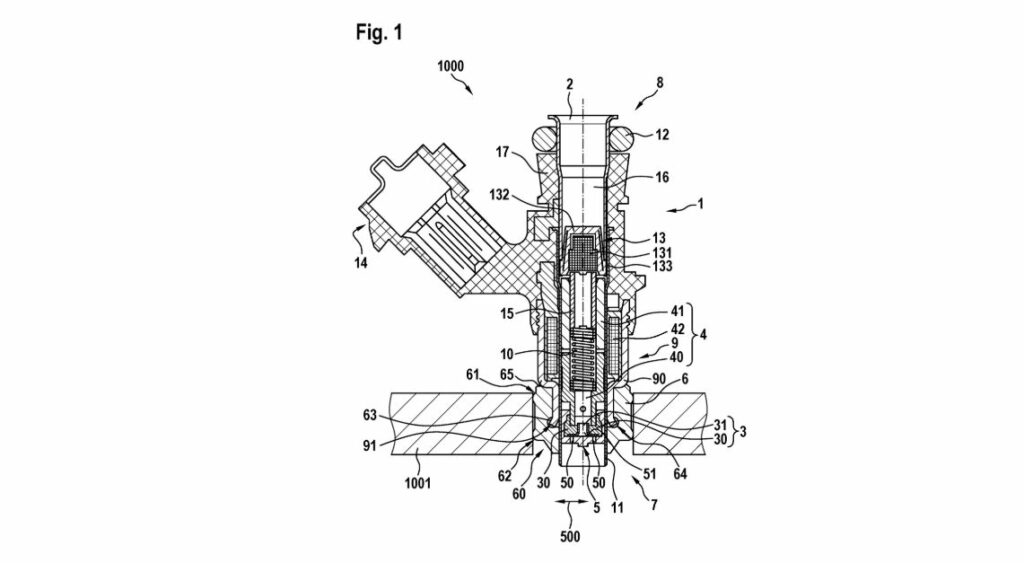The ever-evolving field of hydrogen-based technology has taken another leap forward with a new patent filed by Robert Bosch GmbH. This patent introduces an innovative gas injector designed specifically for hydrogen internal combustion engines and fuel cells. The technology focuses on efficiently injecting gaseous hydrogen, which is crucial for optimizing the performance of hydrogen-powered systems.
Key Components of the Gas Injector
The patented gas injector consists of several critical components that work together to ensure hydrogen gas’s precise and efficient delivery. The main elements include an inlet for introducing gaseous hydrogen, a closure element, an actuator for operating the closure element, and a valve seat that houses at least one through opening. The careful configuration of these components ensures that hydrogen gas is delivered accurately and consistently.
The Role of the Closure Element and Actuator
A significant part of the gas injector’s functionality lies in the closure element and the actuator. The closure element is tasked with opening and closing the through the opening in the valve seat, managing the flow of hydrogen gas. The actuator plays a crucial role by controlling the closure element, which in turn dictates the flow rate and timing of hydrogen injection. The precision of these components can significantly impact the efficiency of hydrogen fuel systems.
Sealing Mechanism of the Gas Injector
Another critical feature of the gas injector is its sealing mechanism. Positioned at the end region opposite the inlet, the sealing element is designed to secure the gaseous hydrogen within the system, preventing leaks and maintaining system integrity. This aspect of the design is essential for safety and efficiency, especially in demanding applications like hydrogen engines and fuel cells.
Implications for Hydrogen Technology
While the patent from Robert Bosch GmbH focuses on the specific technical aspects of a gas injector, its broader implications could influence the development of hydrogen technology. This innovation could enhance the efficiency and reliability of hydrogen-powered engines, making them more viable for widespread use. However, it is important to manage expectations as the patent represents one piece of the complex puzzle in making hydrogen a mainstream energy source.





